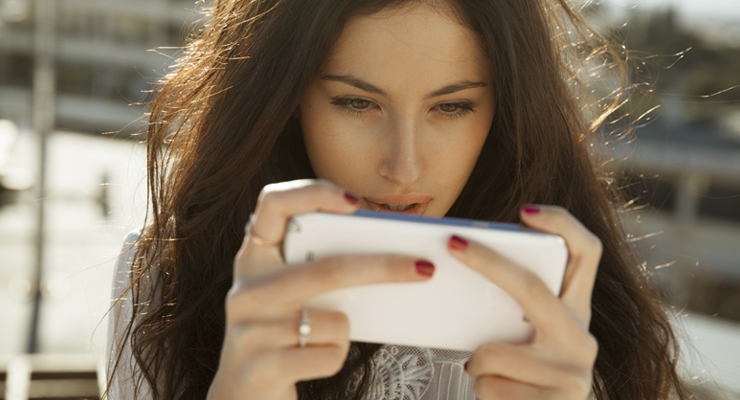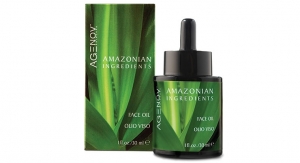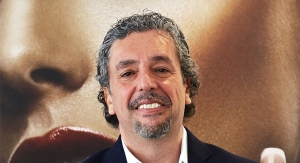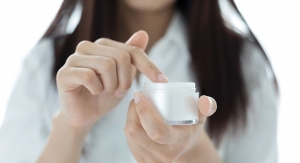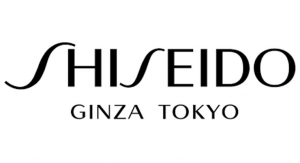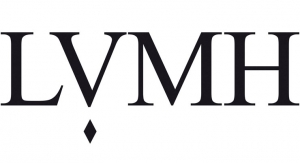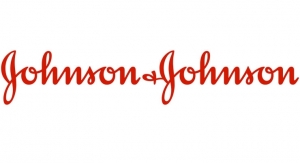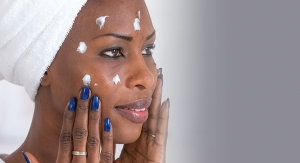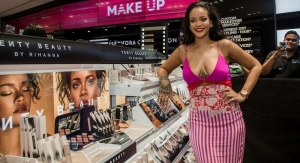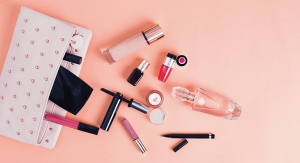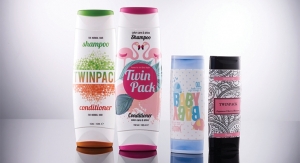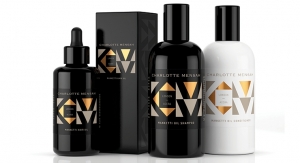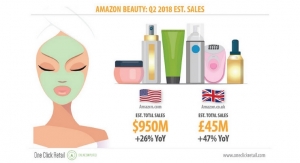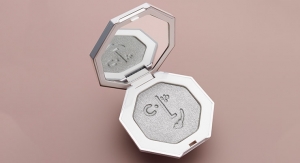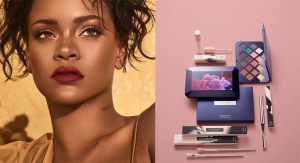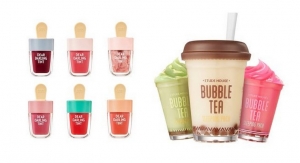12.12.18
1. Next-Gen Tools
Major beauty brands invested in technological advances in a bid to cater to the desire for “smarter” and tech-validated beauty solutions. Consumer interest in smart solutions will continue to grow in 2019, with 38%* (GlobalData’s 2018 Q3 global survey) of consumers saying they are often or always influenced by how digitally advanced or “smart” a product is when making their beauty and grooming purchases.
“Brands are exploring usage of smart tools that assist in tracking the efficacy of beauty regimes and products by providing real-time diagnostics, including the development of smartphone connect beauty devices and tools that provide more personalized solutions. For example, Neutrogena launched Neutrogena Skin360, a sensor-based skin scanning device with an accompanying app to measure a user’s skin moisture, pores, lines, and wrinkles over time,” says Mesheva.
2. Bespoke Beauty
Driven by today’s individualistic and empowered consumers, hyper-personalization marked its place on the beauty scene, as more brands are responding to consumer desire for customizable offerings.
Proven, an American brand launched in October 2018, offers custom skincare products by matching the responses to a comprehensive skincare and lifestyle questionnaire to a database of over 20,000 different ingredients.
“This creates co-creation opportunities for brands and customers alike, given that nearly two-thirds (GlobalData’s 2018 Q3 global survey) of global consumers say they are often or always influenced by how well a product is tailored to their needs and personality when making their cosmetic purchases,” says Mesheva.
3. Beyond Plastic
“More beauty brands are placing sustainability at their core and investigating ways to reduce waste caused by their products through innovation in their packaging strategies.
“Lush is pioneering the zero-packaging movement through the recent launch of its egg-shaped solid foundation stick. Tagged as 100% vegan, the product is said to have a peelable wax handle and is sold in reusable and recycled cardboard boxes to keep the product fresh. Given that over a quarter (GlobalData’s 2018 Q3 global survey) of consumers globally would buy more products packaged without plastic, beauty players will be under growing pressure to place sustainability at the heart of not only their brand, but the product too, making this a key trend set to gain traction in 2019.”
4. Breaking Down Beauty ‘Norms’
“As gender neutral makeup continues to grow in popularity, brands are tapping into this new category through male-focused beauty products and are looking beyond traditional gender, age and ethnicity,” says Mesheva. “Brands such as Rihanna’s Fenty Beauty line and L’Oréal’s collaboration with male beauty vlogger, Gary Thompson, have changed the conversation of inclusive beauty in the last 18 months. More brands are set to move beyond the skincare and makeup categories in 2019.”
Mesheva adds: “Opportunities exist for beauty brands to expand the appeal of their products to a wider audience, while also resonating with the demands of inclusivity we are seeing among our young millennial and Gen Z consumers.”
5. Athleisure
The Athleisure trend hit mainstream in the skincare and makeup categories, targeting the opportunity for exercise-compatible beauty products, marketed at consumers leading active lifestyles in search for products before and after workouts. Millennials proved to be most actively engaged with the athleisure trend in personal care with over 37% (GlobalData’s 2017 Q4 global consumer survey) stating to be interested in and actively buying beauty and grooming products specifically targeted towards fitness and exercise occasions.
“Capitalizing on consumer desire to look their best during and after a workout, UK-based brand Sport FX, designed to appeal to active women with dynamic lifestyles, launched a compact bronzer and powder duo that can withstand sweat while working in the gym,” says Mesheva.
Major beauty brands invested in technological advances in a bid to cater to the desire for “smarter” and tech-validated beauty solutions. Consumer interest in smart solutions will continue to grow in 2019, with 38%* (GlobalData’s 2018 Q3 global survey) of consumers saying they are often or always influenced by how digitally advanced or “smart” a product is when making their beauty and grooming purchases.
“Brands are exploring usage of smart tools that assist in tracking the efficacy of beauty regimes and products by providing real-time diagnostics, including the development of smartphone connect beauty devices and tools that provide more personalized solutions. For example, Neutrogena launched Neutrogena Skin360, a sensor-based skin scanning device with an accompanying app to measure a user’s skin moisture, pores, lines, and wrinkles over time,” says Mesheva.
2. Bespoke Beauty
Driven by today’s individualistic and empowered consumers, hyper-personalization marked its place on the beauty scene, as more brands are responding to consumer desire for customizable offerings.
Proven, an American brand launched in October 2018, offers custom skincare products by matching the responses to a comprehensive skincare and lifestyle questionnaire to a database of over 20,000 different ingredients.
“This creates co-creation opportunities for brands and customers alike, given that nearly two-thirds (GlobalData’s 2018 Q3 global survey) of global consumers say they are often or always influenced by how well a product is tailored to their needs and personality when making their cosmetic purchases,” says Mesheva.
3. Beyond Plastic
“More beauty brands are placing sustainability at their core and investigating ways to reduce waste caused by their products through innovation in their packaging strategies.
“Lush is pioneering the zero-packaging movement through the recent launch of its egg-shaped solid foundation stick. Tagged as 100% vegan, the product is said to have a peelable wax handle and is sold in reusable and recycled cardboard boxes to keep the product fresh. Given that over a quarter (GlobalData’s 2018 Q3 global survey) of consumers globally would buy more products packaged without plastic, beauty players will be under growing pressure to place sustainability at the heart of not only their brand, but the product too, making this a key trend set to gain traction in 2019.”
4. Breaking Down Beauty ‘Norms’
“As gender neutral makeup continues to grow in popularity, brands are tapping into this new category through male-focused beauty products and are looking beyond traditional gender, age and ethnicity,” says Mesheva. “Brands such as Rihanna’s Fenty Beauty line and L’Oréal’s collaboration with male beauty vlogger, Gary Thompson, have changed the conversation of inclusive beauty in the last 18 months. More brands are set to move beyond the skincare and makeup categories in 2019.”
Mesheva adds: “Opportunities exist for beauty brands to expand the appeal of their products to a wider audience, while also resonating with the demands of inclusivity we are seeing among our young millennial and Gen Z consumers.”
5. Athleisure
The Athleisure trend hit mainstream in the skincare and makeup categories, targeting the opportunity for exercise-compatible beauty products, marketed at consumers leading active lifestyles in search for products before and after workouts. Millennials proved to be most actively engaged with the athleisure trend in personal care with over 37% (GlobalData’s 2017 Q4 global consumer survey) stating to be interested in and actively buying beauty and grooming products specifically targeted towards fitness and exercise occasions.
“Capitalizing on consumer desire to look their best during and after a workout, UK-based brand Sport FX, designed to appeal to active women with dynamic lifestyles, launched a compact bronzer and powder duo that can withstand sweat while working in the gym,” says Mesheva.

